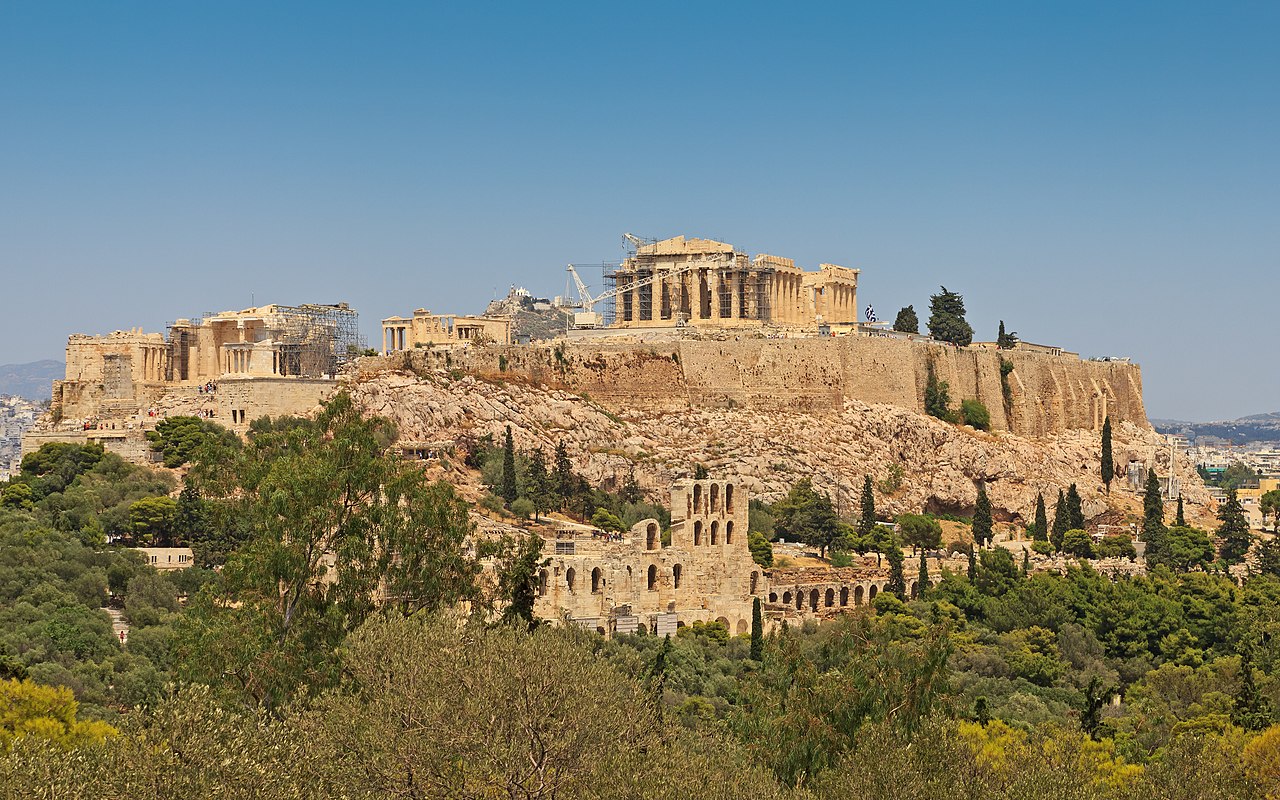
We have all heard of the Acropolis of Athens. We have even read about it and visited it. But, you have wondered why she existed and what was the function of her. In this article, we are going to explain everything you need to know about a acropolis, what is it And what role did it play in ancient times? Then, we will tell you about some of the most famous.
Acropolis It means "city on top" in Greek. And, indeed, it was the highest areas of the Hellenic cities. Its primitive inhabitants settled in those high and steep parts to better protect themselves from enemy attacks. Over time, cities expanded into lower areas. But its population kept the acropolis to take refuge in times of war against other polis neighbors In turn, due to their privileged situation and their age, they housed the most emblematic buildings and it was a place of important meetings. Once everything about the acropolis has been explained, what it is and what it was used for, we are going to show you some of the most important ones.
Acropolis of Athens
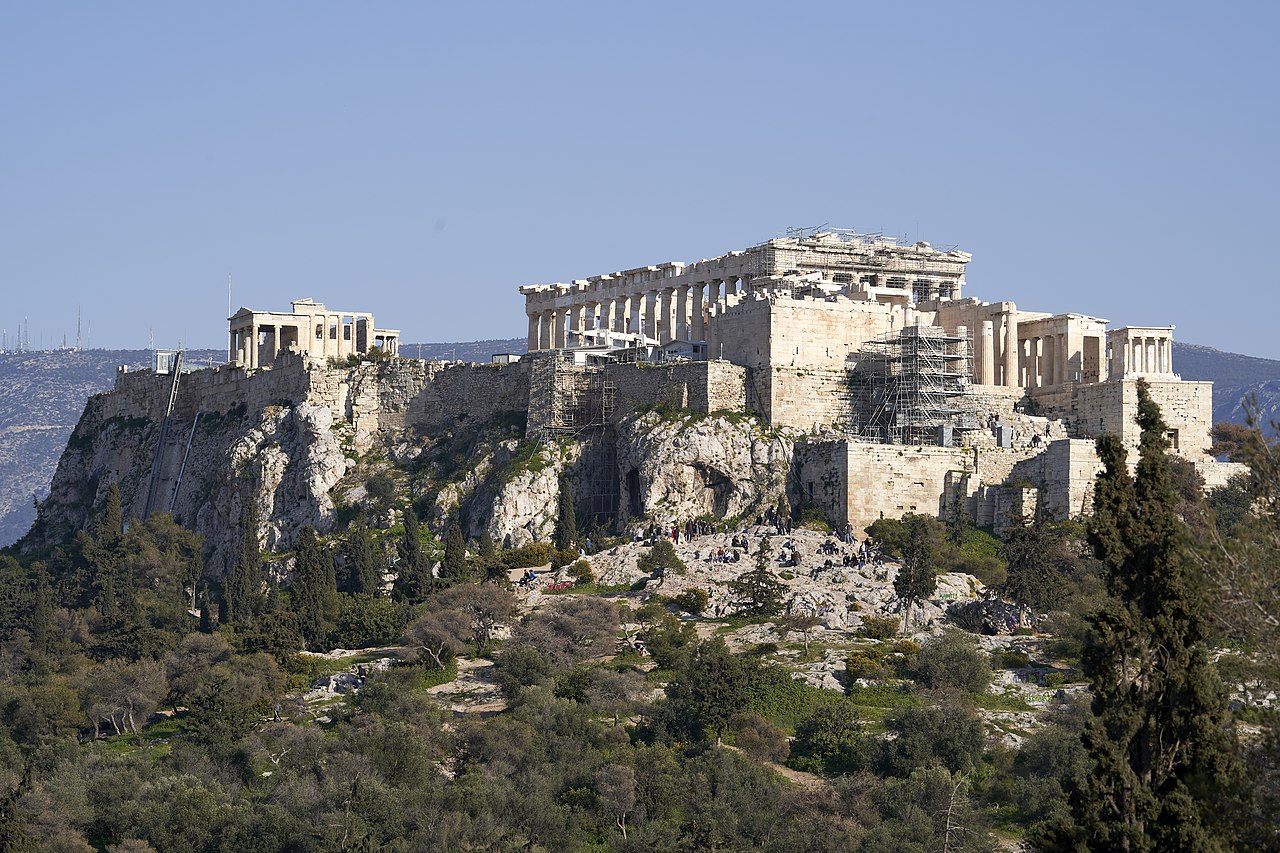
Acropolis of Athens
Without a doubt, it is the most famous in the world. Every year it is visited by millions of tourists who return fascinated by its majesty. In his case, it is on a hill that is one hundred and fifty meters high. As a curiosity, we will tell you that it is also known as Crecopy, in honor of the first Athenian king: the legendary serpent-man Crecope.
Because the origins of the Acropolis of Athens are ancient. In fact, it is known, from remains found, that there was an ancient mycenaean in the second millennium before Christ and another archaic, approximately, in the sixth century before our era. However, the one we know today belongs to the classical stage of the Hellenic civilization. Based on the previous ones, it was reconstructed by Pericles (495-429 BC), who entrusted its construction to such important artists as the great Phidias, creator of the sculptures of the famous Parthenon. And this leads us to talk to you about his most emblematic constructions.
The Parthenon
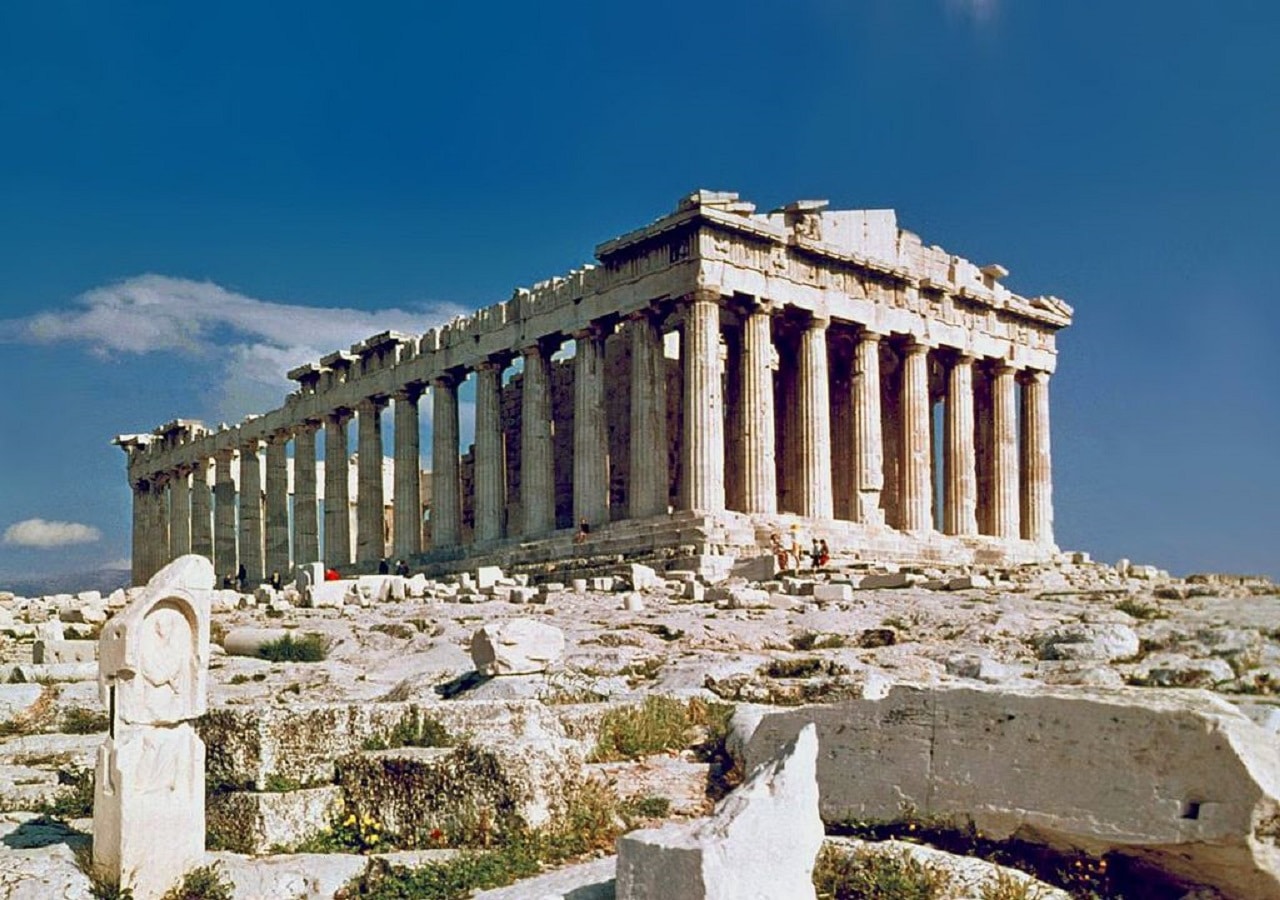
The famous Parthenon on the Acropolis of Athens
We just started with this great work. The architects of it were Callicrates e Ictinus, which possibly used the foundations of an older temple called Hecatompedon. It occupies an area of approximately seventy by thirty meters and is surrounded by columns more than ten high. Also, it is on a plinth that is accessed by three steps.
Inside, it is divided into two independent rooms. The eastern one is larger and solid Doric columns separate its three naves. In addition, it was the one that housed the famous sculpture of athena made by Phidias in gold and ivory. For its part, the western one has Ionic columns and was destined to keep the treasure of the goddess. However, the temple is mostly Doric, although there is one outstanding original element.
We talk to you about great frieze that is in the wall of the ship. Until then, no Doric building had used that place to put it. In any case, the frieze is one of the great masterpieces of Phidias. Along its one hundred and sixty meter length, he carved a total of 378 human figures and 245 animals in marble.
The Erechtheion of the Acropolis
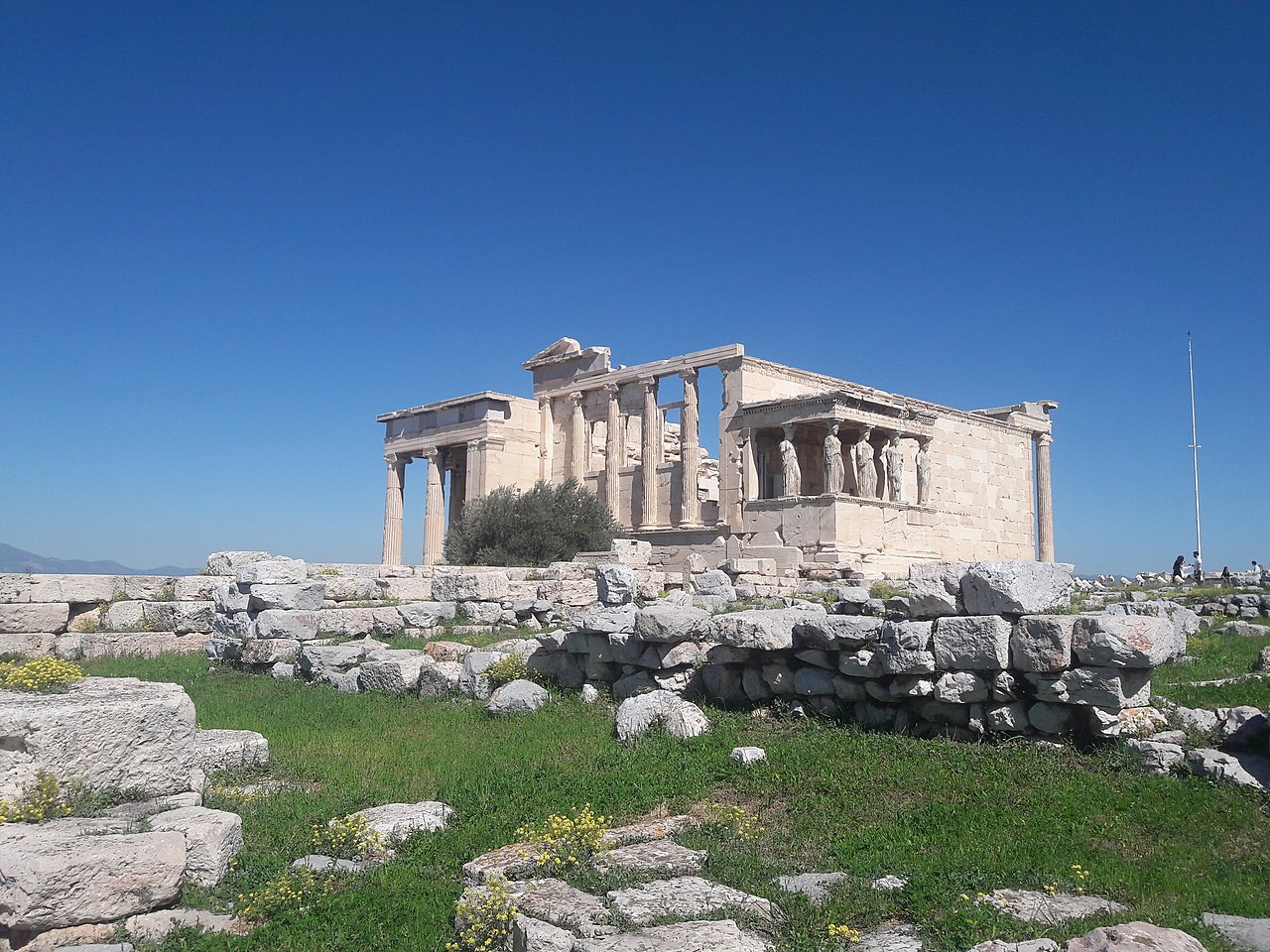
the erechtheion
With its famous tribune (or stoa) held by six caryatids statues, is another of the best known buildings on the Acropolis. It is a temple dedicated to the gods Poseidon y Atenea, but also to the mythical king of Athens erectus, hence its name.
The building is attributed to the architect Menesicles, who followed the Ionic order to build it in marble from Mount Pentelico. It was intended to hold some of the most valuable relics for the Athenians. Among them, the Palladium, a wooden statue of Athena that, according to legend, had fallen from the sky. Kings were also buried there Crecope and the own erectus. Even the latter's daughter, PandrosusIt had a chapel.
Other constructions of the Acropolis of Athens
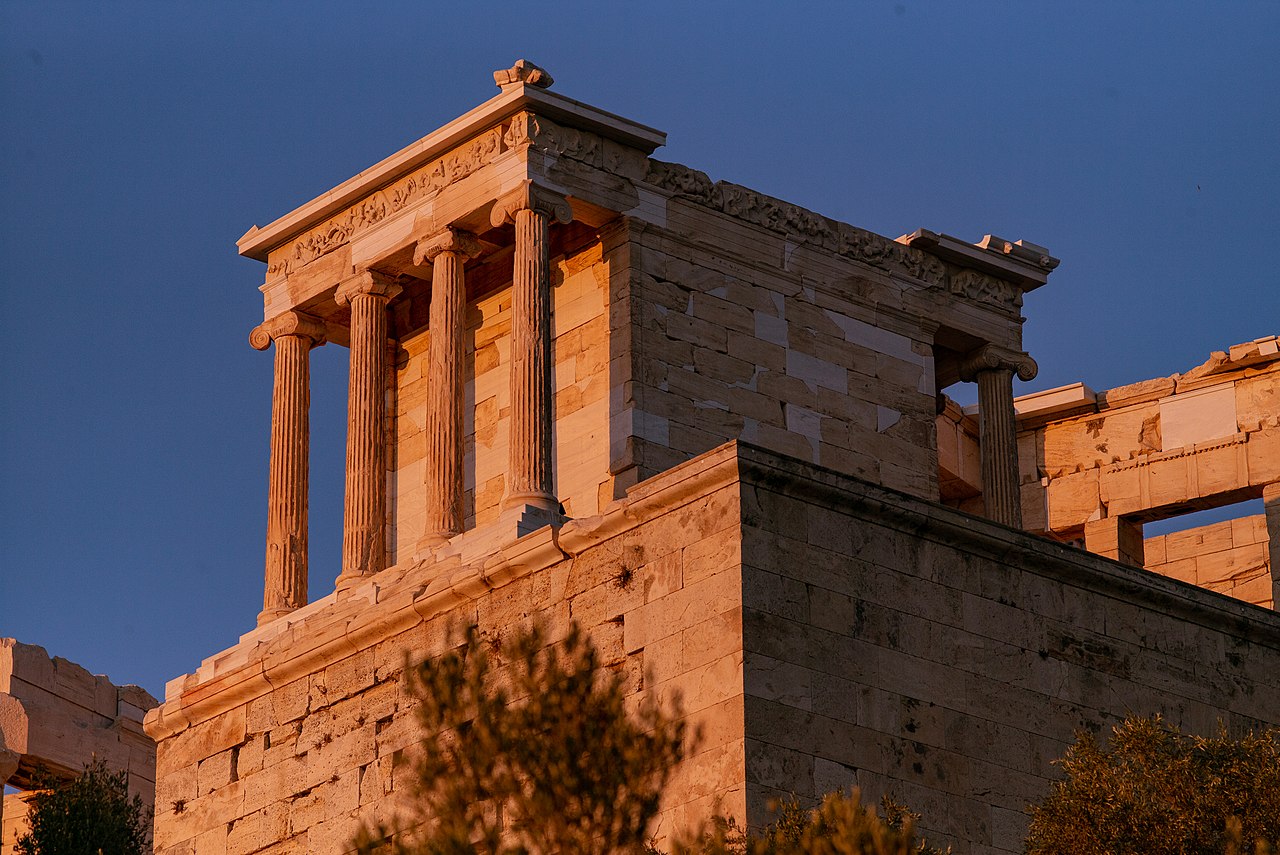
Temple of Athena Nike
There are many other important buildings on the Acropolis, beginning with the Propylaea, which, with its six large Doric columns, formed the entrance to the enclosure. You should also visit the temple of Athena Nike, work of Callicrates and with its friezes dedicated to the Medical Wars; the sanctuary of Artemis Bauronia, with its thirty-eight meter long gallery that housed a bronze reproduction of the Troy Horse, and the colossal portico of eumenes, built as early as the XNUMXnd century BC.
But, above all, it highlights the Dionysus theater, considered the oldest in the world. It had seventy-eight tiers separated by a circular aisle and a gallery for the authorities. In front of them was the orchestra and, further on, the proscenium, a long platform where the actors actually worked. Finally, behind was the scene, which amounted to our backstage. The great Greek playwrights, from Aeschylus but also Aristophanes, to Sophocles y Euripides.
Acropolis of Corinth
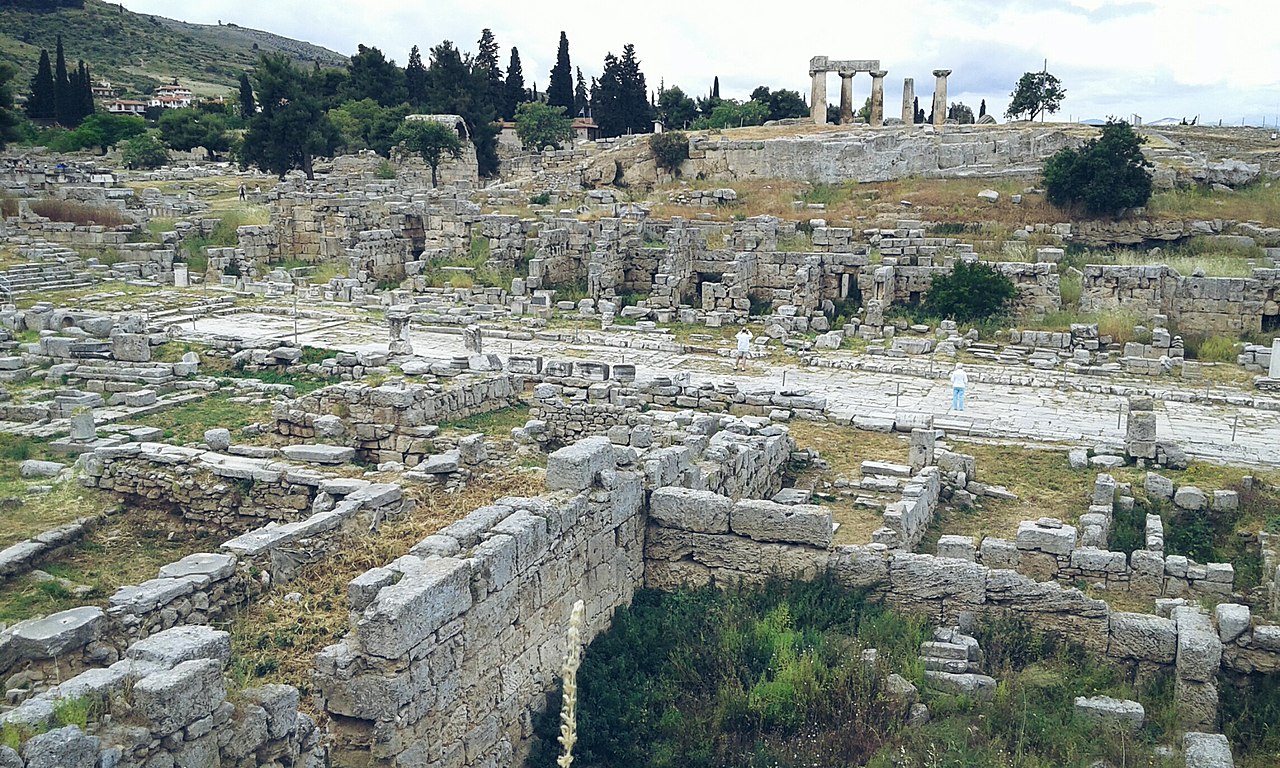
The Acropolis of Corinth
Although not as much as the one in Athens, it was also very important in ancient times. It was one of the largest acropolises in Greece. Its origins go back to the end of the XNUMXth century before Christ and it is found dominating the city from a mountain almost six hundred meters high. However, much of what you can see in it does not belong to the Greek or Roman times, but to the Middle Ages.
However, the foundations remain temple of aphrodite, the most important building in the complex. Inside, it housed the statue of the goddess and also others of Eros y Helios, this last protector of Corinth. Instead, he completely missed the Sisypheus, tholos or semicircular monument that was probably dedicated to Zeus and Ares.
But it has been found fountain of Pyrenees, it is true that under a Roman vault. Apparently, next to her was a statue of the god Apolo and, according to legend, it was here that Bellerophon managed to tame the horse Pegasus.
Aso Acropolis
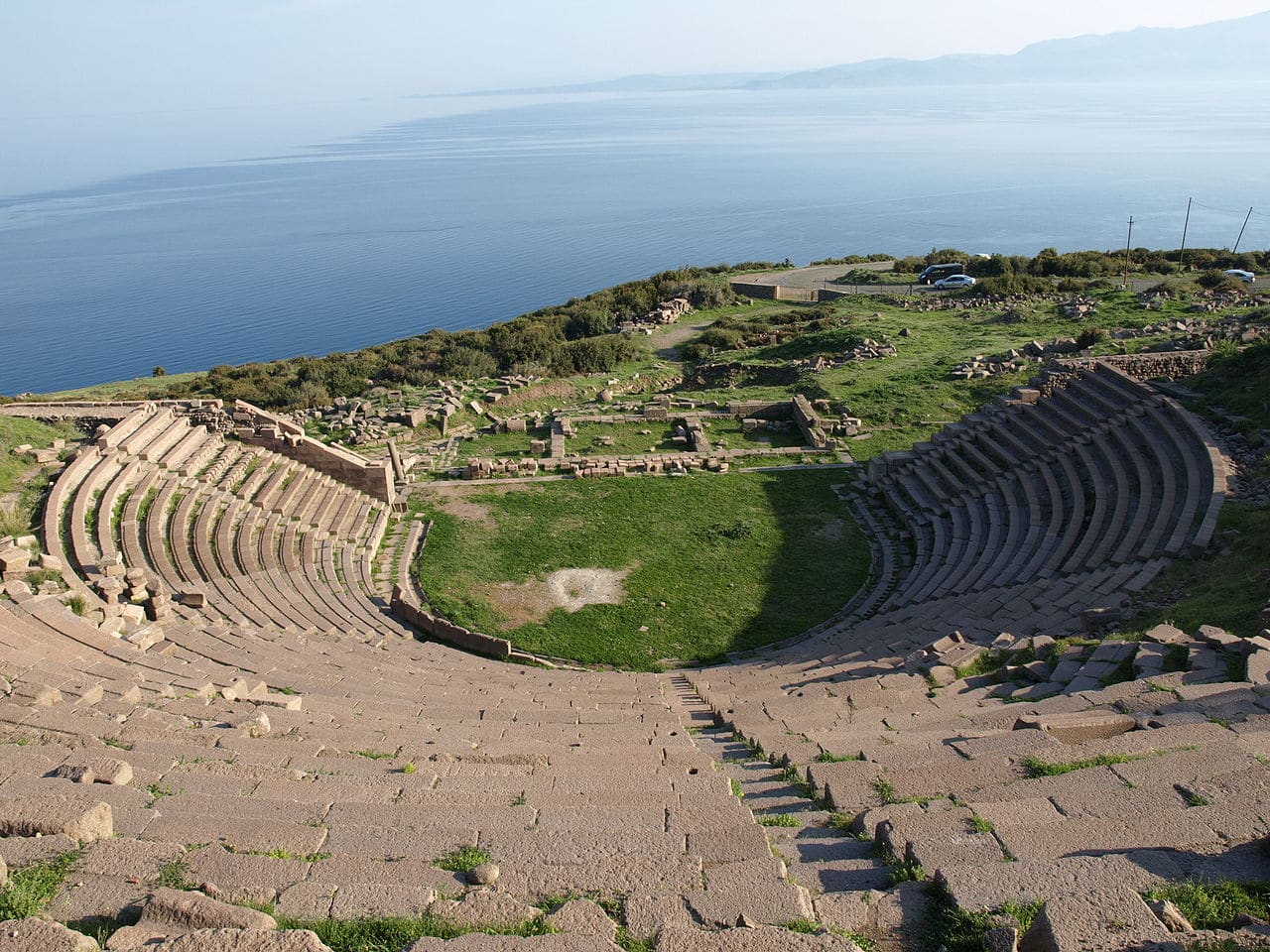
Aso Acropolis Theater
When researchers began to study the historical function of the acropolis, what it was and what it was used for, they soon realized that it had enormous importance within the urban planning of the city. Classic Greece. This can also be seen in the acropolis of Aso, a city that currently belongs to Türkiye, but that, in Antiquity, was Helena.
Apparently, it was also founded in the seventh century before Christ, but, in this case, by Aeolian settlers from Mytilene. However, it was not excavated until the end of the XNUMXth century by North American archaeologists. joseph thacher y Francis H Bacon. These took many of the pieces found to the Museum of Fine Arts, Boston. However, you can see others in the Louvre and in the Istanbul Archaeological Museum.
But, returning to the acropolis of Asos, there you can still visit the remains of the temple of athena, with its Doric style, the ancient walls, the necropolis, a gymnasium and a Roman theater. You can also visit the agora, who had a stoa or tribune with columns, and the bouleuterion. The latter was the place where leading citizens met to decide important public issues. Therefore, it would be something similar to the current congresses of deputies, since they were city-states.
Acropolis of Pergamon
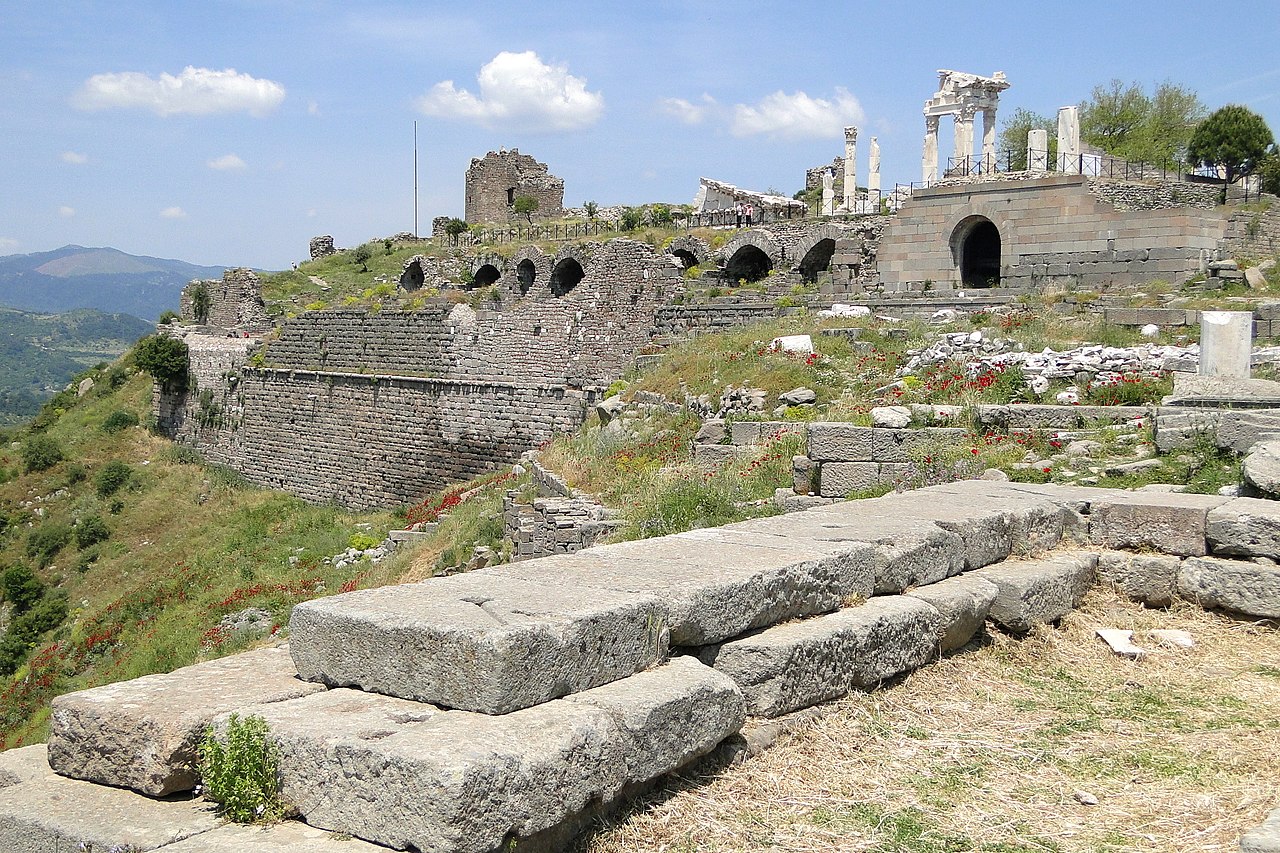
The Acropolis of Pergamon
Also this ancient Greek city today belongs to Türkiye. And, equally, in it you can see an important acropolis, so much so that it is Heritage. The central axis of it was the Temple of Athena Nikephoros, built following the canons of the Doric. Beside him was the Library, which, in its time, was the second largest in the known world after that of Alexandria. And, in the northern part, was the Royal Palace next to an arsenal and a barracks.
Instead, to the south was the altar of zeus which, without a doubt, was a spectacular monument. It was 36 meters long by 34 wide and was accessed by a large staircase. In addition, solid columns supported the ceiling, adorned with a frieze that represented the fight between gods and giants.
Likewise, the acropolis of Pergamon had a large , It housed ten thousand people. On an incline of 38 meters it had 68 rows of benches. And, in its lower part, it connected to a spectacular terrace that was used for walking.
On the other hand, although it no longer belongs to the acropolis, if you visit it, we also advise you to go to the asclepion, which is about four kilometers from the city. As its name indicates, it was a temple dedicated to the god of Medicine (Asclepius). For this reason, scholars of this discipline met there, including the famous Galen. In addition, very close there is another smaller temple dedicated to Telesphorus, hygieia y Panacea, sons of Asclepius and minor gods of Medicine.
In conclusion, we have explained everything about the acropolis, what is it and what it was used for. But we have also shown you some of the most important of Antiquity in case you want to visit them. However, we must tell you that, by extension, any group of ancient buildings that are found in the upper part of cities is sometimes called that. For example, those of Bratislava, Edinburgh o Constantinople. The passage of time has taken its toll on the acropolis, urban masterpieces, but they are still magical places. Dare to travel to them and you will discover why.